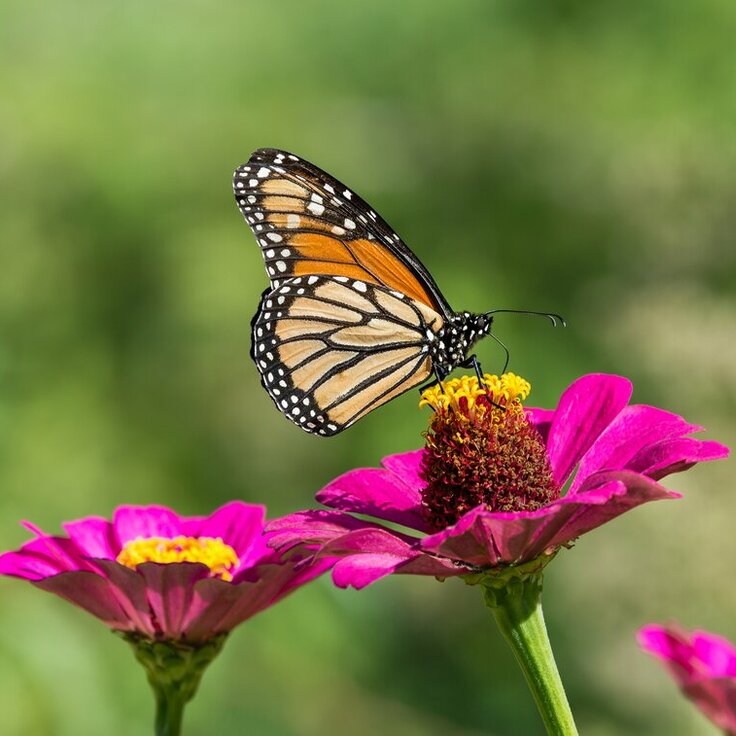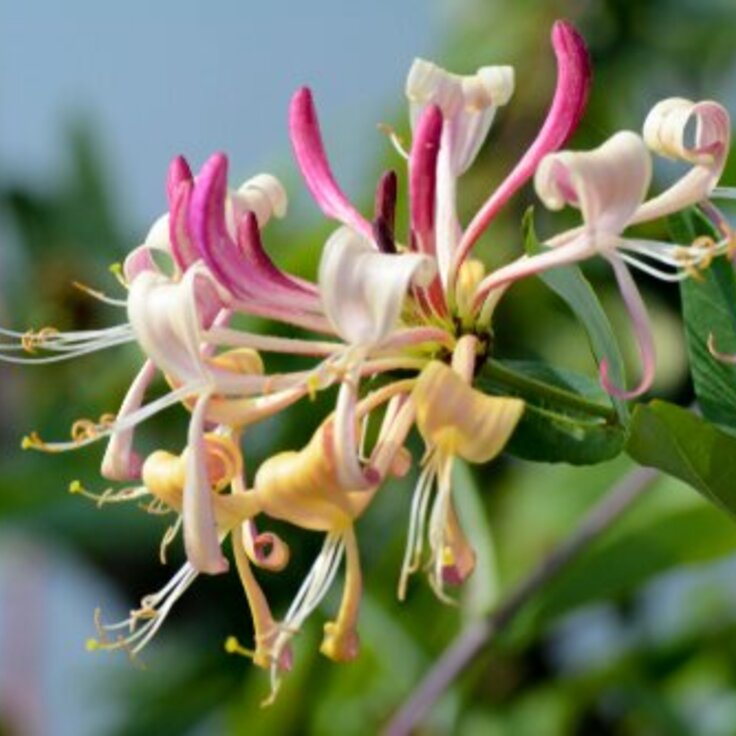The beauty of autumn plants for bees and butterflies
As the days shorten and the temperatures cool, autumn brings a vibrant display of colors and life. While many plants begin to fade with the end of summer, some continue to thrive, offering vital resources to pollinators like bees and butterflies. These autumn plants not only extend the beauty of the garden but also provide much-needed nectar and pollen when other sources become scarce. Understanding which plants are most attractive to these essential insects can turn your garden into a buzzing, fluttering paradise throughout the fall months.
Late-Blooming Flowers for Nectar
One of the primary concerns for bees and butterflies during autumn is finding enough nectar. Fortunately, there are a variety of late-blooming flowers that continue to produce it well into the cooler months. Asters, for example, are among the top autumn plants that attract both bees and butterflies. Their star-like blooms are full of nectar and come in shades of purple, pink, and white, brightening up the landscape. Sedum, another fall favorite, offers clusters of small, nectar-rich flowers that turn a deep pink as the season progresses, attracting a wide variety of pollinators.
Goldenrod is often misunderstood as a cause of allergies, but in reality, it is an excellent autumn plant for pollinators. Its bright yellow flowers produce ample nectar and pollen, making it a magnet for bees and butterflies alike. As these insects prepare for winter or migration, late-blooming flowers like these are crucial to their survival.
Native Grasses as Pollinator Shelters
While we often focus on flowering plants for bees and butterflies, native grasses play an important role in creating a supportive environment for these pollinators. Many types of ornamental grasses bloom in late summer or early autumn, providing both food and shelter. For instance, switchgrass and little bluestem not only add texture and movement to the garden but also serve as resting spots for butterflies and nesting materials for certain bee species.
These grasses also offer protection as temperatures drop. Butterflies, particularly species like the monarch, may seek refuge in the dense clusters of grass during their migration southward. Bees, especially solitary species, often hide in the hollow stems of dried grasses, overwintering there until spring returns. By incorporating native grasses into your garden, you create a haven for pollinators in more ways than one.
Would you like to know how to create a butterfly garden? Read our tips here!

Perennials with Pollen Power
Aside from nectar, many pollinators rely on pollen for sustenance, and certain perennials excel at providing this critical resource during autumn. Echinacea, commonly known as coneflower, is a perfect example. Although it starts blooming in summer, its vibrant, spiky heads persist well into fall, attracting bees looking for one last pollen source before winter. The sturdy structure of Echinacea also makes it easy for butterflies to land and feed.
Joe-Pye Weed is another perennial that flourishes in the autumn months, producing clusters of purple-pink flowers that are particularly attractive to butterflies. Bees, too, are drawn to its pollen, making it a valuable addition to any garden focused on supporting pollinators. By planting perennials that offer both pollen and nectar, you ensure that your garden remains a pollinator hotspot long after summer has ended.
Shrubs and Trees for Fall Foliage and Forage
Autumn plants aren’t limited to flowers and grasses—shrubs and trees also play a vital role in feeding pollinators. Heptacodium, commonly known as the seven-son flower, is a large shrub or small tree that produces fragrant white flowers late in the season. Its blooms are highly attractive to bees and butterflies, offering an important nectar source when few other trees are flowering.
Similarly, buddleia, or butterfly bush, is well-known for its ability to draw in butterflies with its long, fragrant flower spikes. Though it blooms through the summer, many varieties continue into early autumn, ensuring that pollinators have a reliable food source as the season transitions. Additionally, the vibrant fall foliage of shrubs like sumac not only enhances the visual appeal of your garden but also provides shelter for overwintering insects.
Creating a Pollinator-Friendly Autumn Garden
Incorporating autumn plants that attract bees and butterflies into your garden is both rewarding and crucial for supporting these essential pollinators. By choosing a mix of late-blooming flowers, native grasses, pollen-rich perennials, and nectar-bearing shrubs, you extend the pollinators' feeding season and help them prepare for the challenges of winter or migration. As you plan your garden, remember that even in the cooler months, nature thrives, and your garden can be a sanctuary for life.
By providing a diverse array of plants, you not only enjoy a beautiful autumn landscape but also contribute to the health of bees and butterflies, ensuring their survival for seasons to come.








